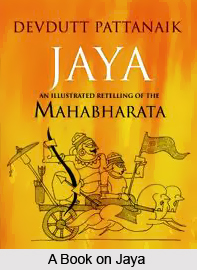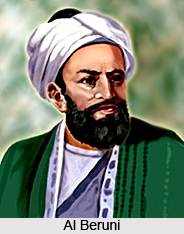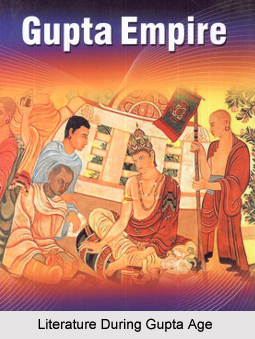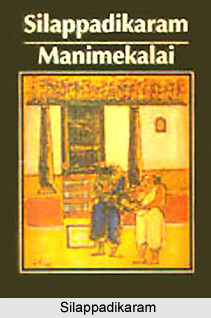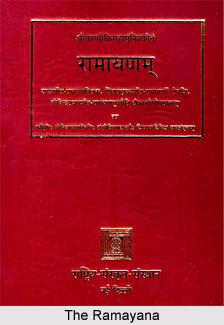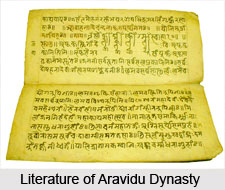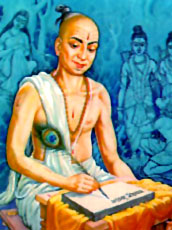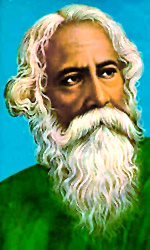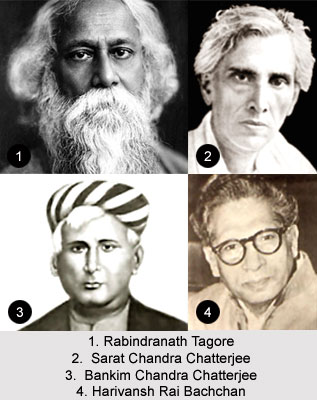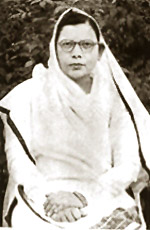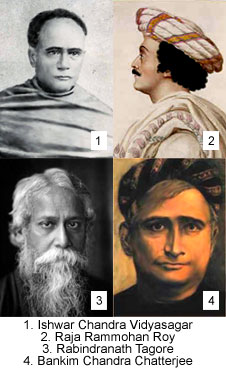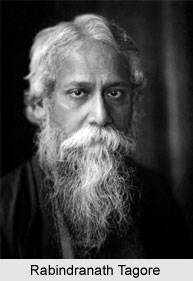During the modern period centuries old cultural traditions received a jolt as a result of contact with the British. Changes came about in daily way of life and all other things associated with it including literature. In this transitional phase two poets deserve special notice. They are Suryamall Misran of Bundi and Sankardan Samaur of Bobasar.
Suryamall Misran is considered the last great scholar and poet of the Charan style in the modern times. He had the patronage of Maharav Ramsinha of Bundi and at his behest, started writing the, Vans-Bhaskar in 1840. The basic linguistic structure of this work is Pingal, but Sanskrit, Prakrit, Apabhramsa, and Marubhasa or Pingal have also been used at places. It is a major narrative historical poem and not history as such.
His another famous poem was Vir Satsai. The sentiments expressed in this poem do not pertain to particular individuals but depict the heroic emotion in general. The poet has followed his predecessors in doing so. He voiced the lofty ideals of medieval Rajput heroism in a powerful way. These ideals have been expressed mostly through the medium of brave women. The purpose seems to be to inspire the adoption of these ideals by the contemporary and future generations. It is a unique and powerful poem of `veer ras` in literary Rajasthani. The poem was composed during and after the 1857 Gadar. The poet`s implicit intention seems to arouse the dormant Rajput chivalry. The poem includes his suggestions about the patriotic duty of people towards the uprising. He did not give a direct call for rebellion, as his predecessor Bankidas had done but his call was couched in the metaphor of his poetry. Surajmal was almost the last great poet of the era of heroic poetry.
Sankardan Samaur could, for many reasons, be called the first great Charan poet of the Modern Period. He gave a clarion call to the nation against- the British, their corrupt, selfish ways and dishonest motives. He depicted the miserable social and political conditions of the country, eulogized and encouraged the heroes who rose against the British in 1857 und inspired the people, particularly the Thakurs and Jagirdars, to rise to the occasion. His style is simple and language used is fluent Rajasthani. He was a poet of the people, a nationalist, and a progressive modern poet in the true sense of the term, a phenomenon almost unique in the contemporary literary history of North Indian languages.
In the modern period Rajasthani poetry found expression in the traditional as well as in new forms. But at the same time the traditional and the modern are rather inextricably mingled, more so up to 1947-50. Later on in Rajasthani Literature longer narrative poems or proto-epic poems were written. Some longer poems by way of homage had been written. A major part of modern poetry is lyrical. There are also poems in stray metres which cannot be specifically classed as lyrics.
After Independence, partly due to social, economic and political conditions, and partly due to spread of socialistic ideologies, many poems designated as pragatisil or progressive were composed. Humorous and satirical poems were also produced. In the middle of the seventies, some young poets started writing on the pattern of Hindi. This came to be known as Nai Kavita. Changes in attitude to life, human values, environment and individualistic tendencies are the main notes of this poetry. Due to this movement, a change in literature has come about and this is visible in the whole modern Rajasthani literature.
